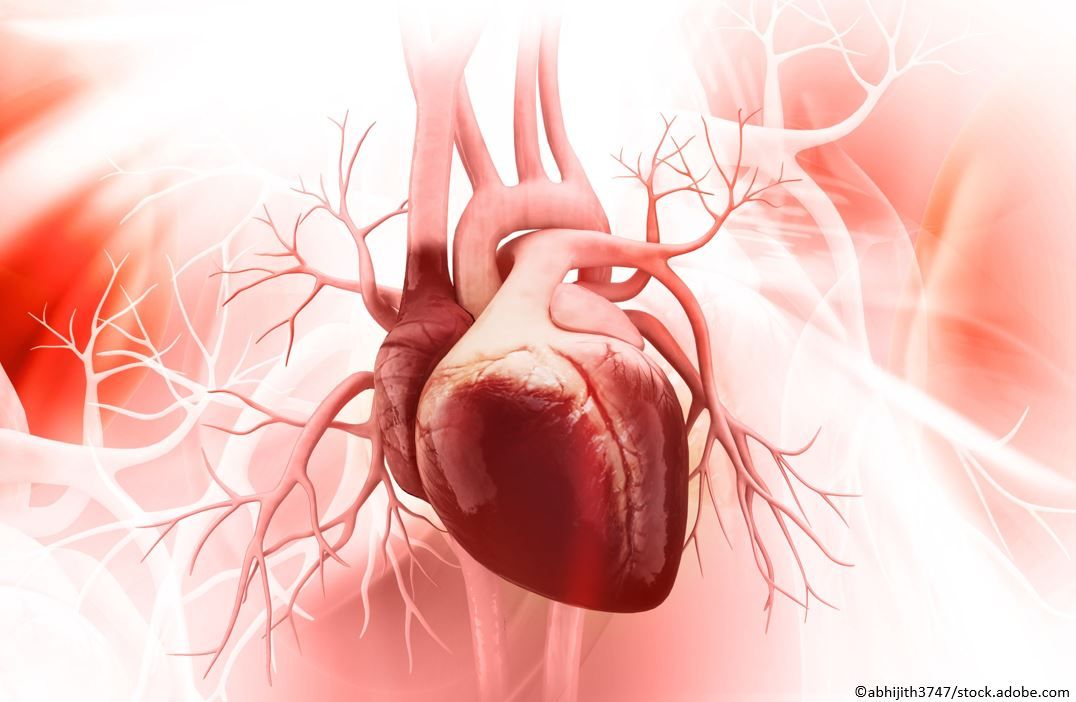- Clinical Technology
- Adult Immunization
- Hepatology
- Pediatric Immunization
- Screening
- Psychiatry
- Allergy
- Women's Health
- Cardiology
- Pediatrics
- Dermatology
- Endocrinology
- Pain Management
- Gastroenterology
- Infectious Disease
- Obesity Medicine
- Rheumatology
- Nephrology
- Neurology
- Pulmonology
Plastic Debris Detected in Carotid Plaque Linked to Higher Risk for MI, Stroke, Death
Patients who had microplastics and nanoplastics in their carotid plaque were at more than a fourfold risk for MI, stroke, or death compared to those who did not, according to a new study.

In a new study of patients with asymptomatic carotid artery disease who had carotid endarterectomy, those with microplastics and nanoplastics (MNPs) detected within in the atheroma faced a higher risk of certain cardiovascular outcomes than those without MNPs detected.
Findings showed that the risk for myocardial infarction (MI), stroke, and death from any cause at 34-months follow-up was more than 4-times higher in patients with carotid atheromas containing MNPs than in those with no evidence of MNPs.
In preclinical studies, MNPs have been identified as a potential risk factor for cardiovascular disease, however, “direct evidence that this risk extends to humans is lacking,” wrote authors of the study published online March 7, 2024, in The New England Journal of Medicine.
For that reason, investigators conducted the prospective, multicenter, observational study of patients with asymptomatic carotid artery disease undergoing carotid endarterectomy.
“The excised carotid plaque specimens were analyzed for the presence of MNPs with the use of pyrolysis–gas chromatography–mass spectrometry, stable isotope analysis, and electron microscopy,” wrote first author Raffaele Marfella, MD, PhD, Department of Advanced Medical and Surgical Sciences, University of Campania Luigi Vanvitelli, Naples, Italy, and colleagues. “Inflammatory biomarkers were assessed with enzyme-linked immunosorbent assay and immunohistochemical assay.”
The primary endpoint was a composite of MI, stroke, and death from any cause, according to the study.
Marfella and colleagues enrolled 304 participants, of whom 257 completed a mean follow-up of 33.7 months. They detected polyethylene in carotid artery plaque of 58.4% of patients (n=150; mean level, 21.7 μg/mL of plaque), and “measurable amounts” of polyvinyl chloride in plaque of 12.1% of patients (n=31; mean level, 5.2 μg/mL of plaque).
Results showed participants in whom MNPs were detected within the atheroma were at a higher risk of the primary endpoint event (composite of MI, stroke, all-cause death) than those in whom no MNPs were detected (HR 4.53, 95% CI 2.00-10.27; P < .001).
Electron microscopy showed “visible, jagged-edged foreign particles” in plaque macrophages and scattered in external debris, and radiographic examination showed that some of these particles also contained chlorine, noted investigators.
Source: Marfella R, Prattichizzo F, Sardu C, et al. Microplastics and nanoplastics in atheromas and cardiovascular events. N Engl J Med. 2024;390:900-910. doi:10.1056/NEJMoa2309822
